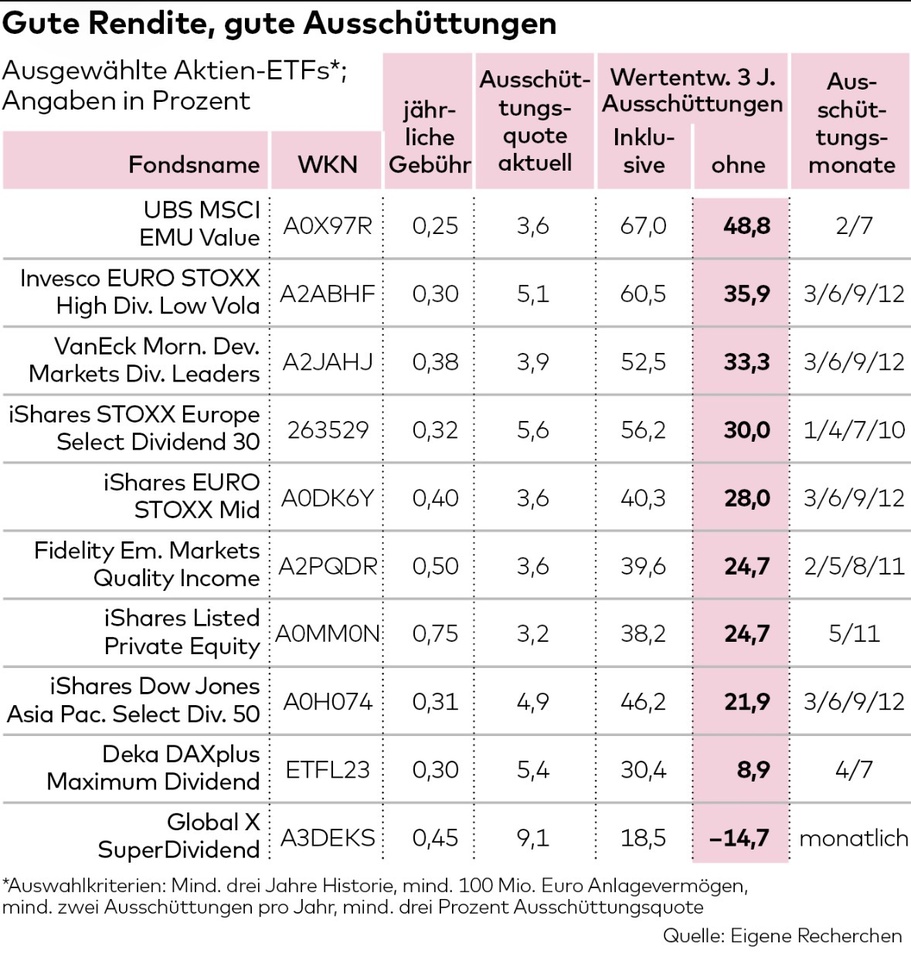Dear Community,
At the end of the year, I would like to share my portfolio and my strategy with you.
I am 38 years old, have been in the stock market since 2024 and am aiming for financial freedom at the age of 58. Time will tell whether that will work out... 😉 I'm not investing to maximize my profits, but to be able to live a relaxed life in the long term. To this end, I have deliberately separated my investments into two portfolios with a clear purpose.
Portfolio 1 - Growth (ING)
$VWCE (+0,09 %) , $XNAS (-0,27 %) , $WGLD (+0,32 %) and as an admixture some Bitcoin via ETP $IB1T (+1,37 %) .
This portfolio is saved monthly until 58 and then remains more or less untouched.
My savings rates would be:
800€ $VWCE (+0,09 %)
375€ $XNAS (-0,27 %)
150€ $WGLD (+0,32 %)
0€ $IB1T (+1,37 %) - Position is currently at 10% and should rest for the time being
Portfolio 2 - Cash flow (SC)
Here I am investing via 2 dividend ETFs ($VHYL (+0,59 %) , $TDIV (+1,31 %) ) and selected quality stocks to build up a steadily growing cash flow. All distributions are reinvested equally in the ETFs. Furthermore, a small cushion is built up here via $XEOD (+0 %) is built up here.
My savings rates would be
250€ $XEOD (+0 %)
200€ $VHYL (+0,59 %) - Start January 26
200€ $TDIV (+1,31 %) - Start January 26
425€ Individual assets (as required, no savings plan, no obligation)
My individual stocks:
Allianz $ALV (+1,26 %)
Munich Re $MUV2 (+1,33 %)
Procter & Gamble $PG (+2,56 %)
PepsiCo $PEP (+0,32 %)
Johnson & Johnson $JNJ (+0,07 %)
Novo Nordisk $NOVO B (+1,77 %)
Lime $LIN (+2,02 %)
ADP $ADP (+2,69 %)
Waste Management $WM (+0,86 %)
Siemens $SIE (-1,79 %)
Accenture $ACN (+2,88 %)
Alphabet $GOOGL (+1,2 %)
Itochu $8001 (+0,32 %)
visas $V (-0,51 %)
No speculation, no trading. For most people here, extremely boring... 😴 But hopefully the selection will bring some stability to the portfolio in turbulent times. 😉
For the time being, we will stick with these stocks and gradually buy more when good opportunities arise. Each individual position will of course be capped later and should make up between 2-3% of the portfolio (including the proportion within the ETFs). Alphabet would be an exception.
The reallocation idea
Nothing is invested from 58. The plan is to reallocate around 5 % annually from custody account 1 to custody account 2. In this way, growth is gradually converted into cash flow - without significant erosion of assets. And in the best-case scenario, my growth portfolio can continue to grow. I consciously accept taxes 😉
Thank you for reading and have a successful 2026.
P.S. My allocation doesn't fit yet because I've been focusing more on my individual stocks in recent weeks. Chart is also not meaningful because of ING Autosync and Itochu split 🥲



















